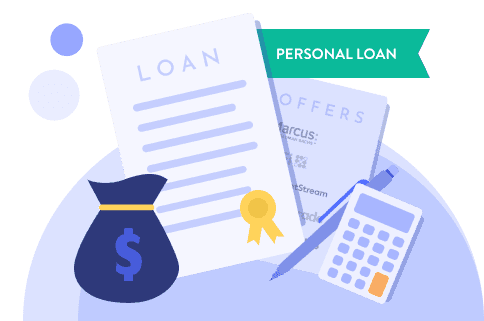A need to manage unexpected expenses or fund significant purchases may lead you to seek a no-interest personal loan. Imagine facing a sudden medical bill or wanting to buy a new vehicle; a no-interest loan can be particularly appealing in these situations.
The primary appeal of no-interest personal loans is their potential to reduce overall borrowing costs. However, before applying, it's wise to familiarize yourself with how these loans work and weigh their advantages and disadvantages for your circumstances.














